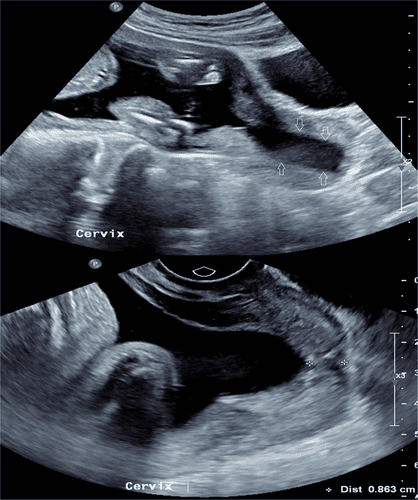
April 7th is World Health Day, a day where the global community of healthcare professionals take pause and acknowledge the contributions and needs of a specific sector in medicine. The World Health Organization’s goal for this day is to create awareness of a particular health theme and highlight an area of concern.
World Health Day 2020 seeks to spotlight, and support nurses and midwives and the vital role played by these practitioners around the globe. The appeal will be to strengthen the workforce of nursing and midwifery. Already driving improvement and efficiency in this space is point-of-care ultrasound (POCUS).
Users of POCUS look to answer a specific diagnostic question. Though the scope of clinician questions addressed with POCUS is limited compared to formal imaging, this modality has proven beneficial in the world of Obstetrics and Gynecology (OBGYN). For midwives, POCUS usage could make all the difference where the diagnosis of pregnancy complications could mean life or death for the mother and/or fetus.
Midwives perform their roles in a space where split-second decisions are required, and time-critical interventions may be necessary. POCUS reduces diagnostic time, allowing the prompt initiation of life-saving treatments. The information gathered influences management and treatment decisions in real-time. It is a significant advantage this device offers, which is the ability to provide insight into patients’ symptoms, making room for an effective care plan.
Below are two cases presented in an Australian Journal of Ultrasound in Medicine article Point-of-Care Ultrasound in Obstetrics.
A pregnant female patient arrives in the emergency department, having pelvic pain and contractions. POCUS imaging shows fluid within the cervix (open arrows). A formal transvaginal scan confirms a shortened cervix. (Figure 1)

Figure 1
An emergency department is presented with a pregnant female patient having abdominal pain and bleeding in early pregnancy (9W1D). There is no fetal heartbeat, which is discovered via the POCUS image. Color Doppler confirms fetal demise with no heart movement or flow. (Figure 2)

Figure 2
POCUS offers a view below the surface. For midwives, this means having eyes to see into a mother’s womb to not only diagnose but even monitor current conditions. With this modality, the surrounding environment does not impede a practitioner’s ability to care for his/her patient. So, whether in rural locations with limited means to imaging or needing to obtain answers right at the bedside, POCUS provides the accessibility required to tend to every patient in real-time.
This World Health Day is like no other ever celebrated before. Health is top-of-mind for all in every corner of every continent. Take time out today to acknowledge the remarkable work that nurses and midwives contribute to the medical field. Let this be a day where appreciation is shared with all healthcare professionals worldwide. Let’s look forward to the continual evolution of medicine, and the incredible impacts advancements like POCUS brings to midwives and practitioners alike!
Happy World Health Day. Visit the World Health Organization’s website to learn more about World Health Day 2020.
Also, learn more about how POCUS’s internal view is assisting healthcare professionals in today’s global health emergency.
References
- Collins, C., Collins, K., Kothari, A. (2019). Point-of-Care Ultrasound in Obstetrics. Retrieved March 16, 2020, from https://onlinelibrary.wiley.com/doi/full/10.1002/ajum.12133.
- (n.d.) World Health Organization, Retrieved March 3, 2020, from https://www.who.int/news-room/events/detail/2020/04/07/default-calendar/world-health-day.
Looking for additional inspiration? Sign up for our POCUS Post™ newsletter to receive monthly tips and ideas.





















